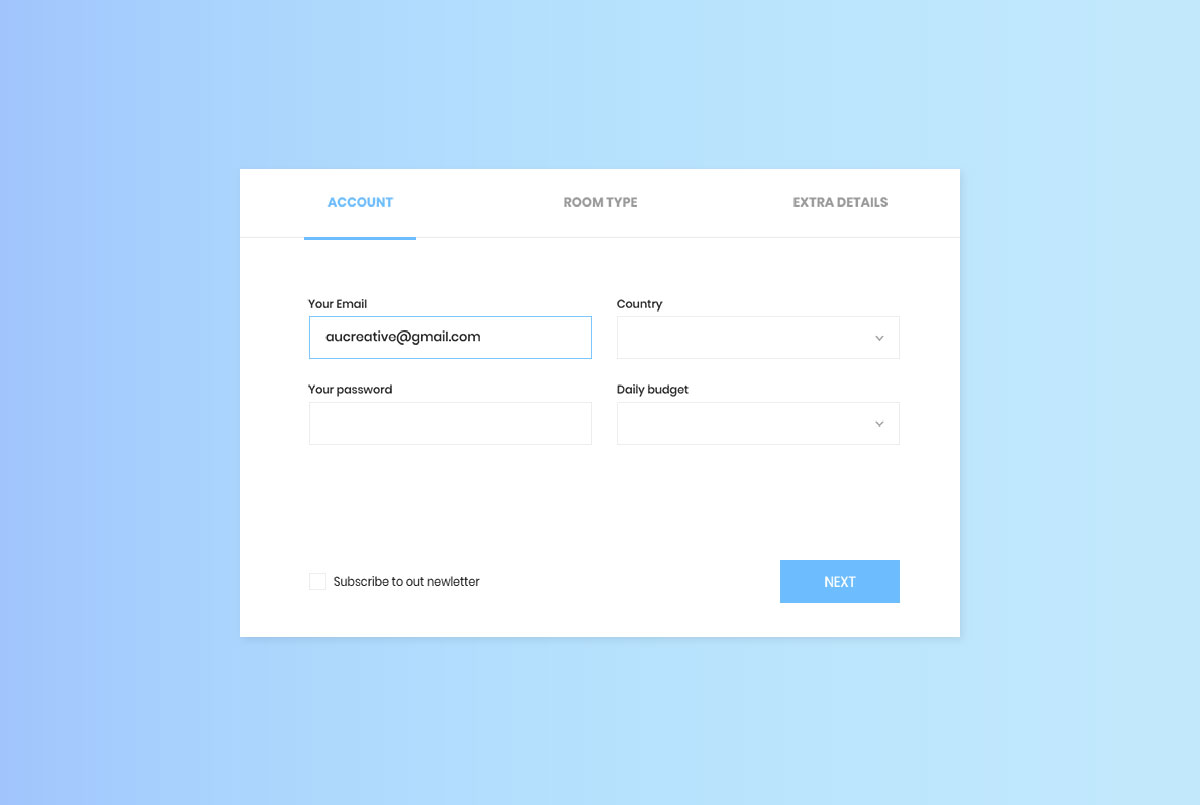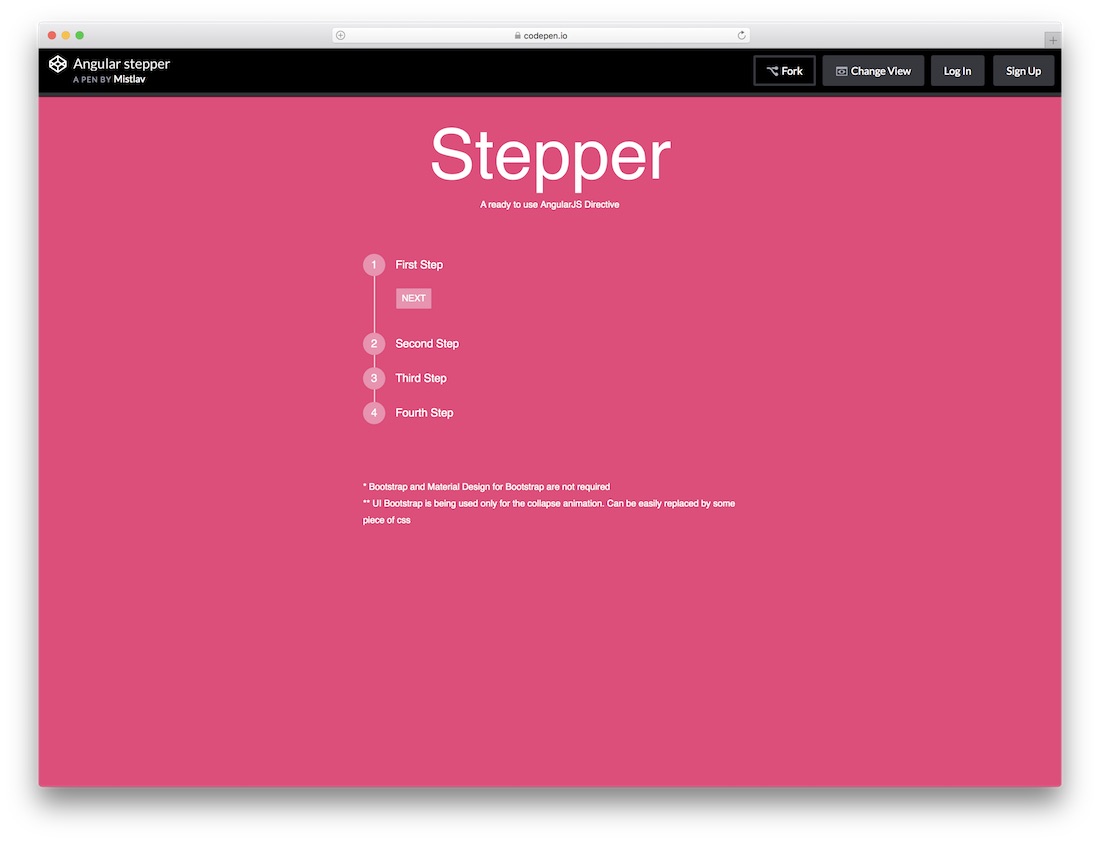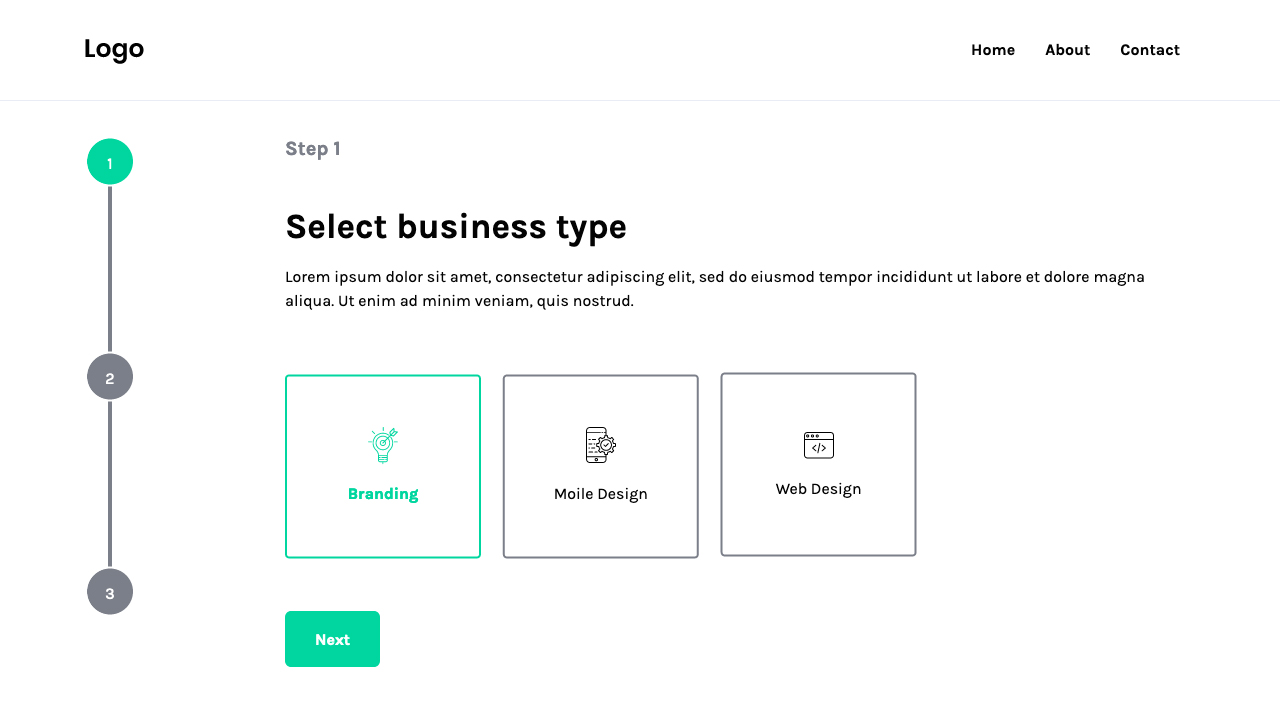

- #Bootstrap application wizard example how to#
- #Bootstrap application wizard example windows 10#
- #Bootstrap application wizard example mac#
If the gateway detected were instead to be 192.168.2.1, the Bootstrap.ini file would direct the deployment share to the server at SpainHQ, and so on, changing the server’s UNC path dynamically in accordance with the gateway IP detected.ĭeployRoot=\\192.168.1.20\DeploymentShare$ĭeployRoot=\\192.168.2.20\DeploymentShare$ĭeployRoot=\\192.168.3.20\DeploymentShare$ Under that header, the DeployRoot property points the Bootstrap.ini file to the UNC path to the deployment server it should authenticate to. That gateway IP is now referred to the UnitedStatesHQ custom property below. For instance, 192.168.1.1 is the gateway IP that belongs to the United StatesHQ of THEMACJESUS.COM. This property will read the gateway IP from the device and perform a lookup based on the entries listed in Bootstrap.ini to find its location.

Take, for example, the DefaultGateway property. Consider this the payload to the title listed in the Priority entry in the Settings header. The second section works hand in glove with the previous section.

#Bootstrap application wizard example windows 10#
SEE: Windows 10 spotlight: Prepare, repair, and recover (Tech Pro Research) Custom However, do note that without the accompanying settings in section two, the headers in the Priority entry will not have any information to process and will be skipped altogether. The final entry, usually Default, will group settings that are less specific or that would apply to many or all of the devices that are processing the Bootstrap.ini file. The subsequent entries will be disregarded. This means that if two or more conflicting entries are detected, the first entry read will be the one written. Typically, as the headers are read by the MDT script, the information is processed on a first-come, first-served basis.
#Bootstrap application wizard example mac#
The Bootstrap.ini file may be edited to include information specific to a site or multiple sites, such as the Gateway IP address or MAC address, which help to uniquely identify a place or device. The entries stipulated after Priority= will be processed in the order in which they are read –from left to right–by the MDT scripts. Priority=DefaultGateway,MACAdress,Default
#Bootstrap application wizard example how to#
In this first section, we’ll look at the Priority header, how it affects the order in which lines are processed when the script is run, and how to best use that to our advantage. SEE: How to set up Microsoft Deployment Toolkit: Step by step Settings To simplify the Bootstrap.ini file to get the most out of automation, we’ll break it down into three sections: Settings, Custom, and Defaults. Network diagram(s) (This is optional, but it greatly assists when working with multiple sites.).Text editor to edit configuration files.Microsoft Deployment Toolkit installed and configured on server.Windows Deployment Services installed and configured on server.Server running Windows Server 2008 (or later).Let’s have a quick look at the requirements first: Beginning with the Bootstrap.ini, we’ll cover the different configurations and changes that will make LTI as much like ZTI as possible. With that said, IT can still squeeze a great deal of automation from the lite-touch interface (LTI) with some smartly written configurations and a little creativity.

But given the cost involved in procuring and providing ongoing support for it, the zero-touch interface (ZTI) will not be a cost-effective solution for all businesses–particularly SMBs. Top Tech Conferences & Events to Add to Your Calendar in 2023įully automating a deployment process is arguably much simpler with the support of Microsoft’s Systems Center Configuration Manager (SCCM). How to Create a Local Account in Windows 11 Pro Support for these Microsoft enterprise products ends in 2023 The Microsoft Deployment Toolkit offers advanced settings that allow you to automate the deployment process, beginning with the Bootstrap.ini configuration. MDT: How to automate deployments using Bootstrap.ini


 0 kommentar(er)
0 kommentar(er)
